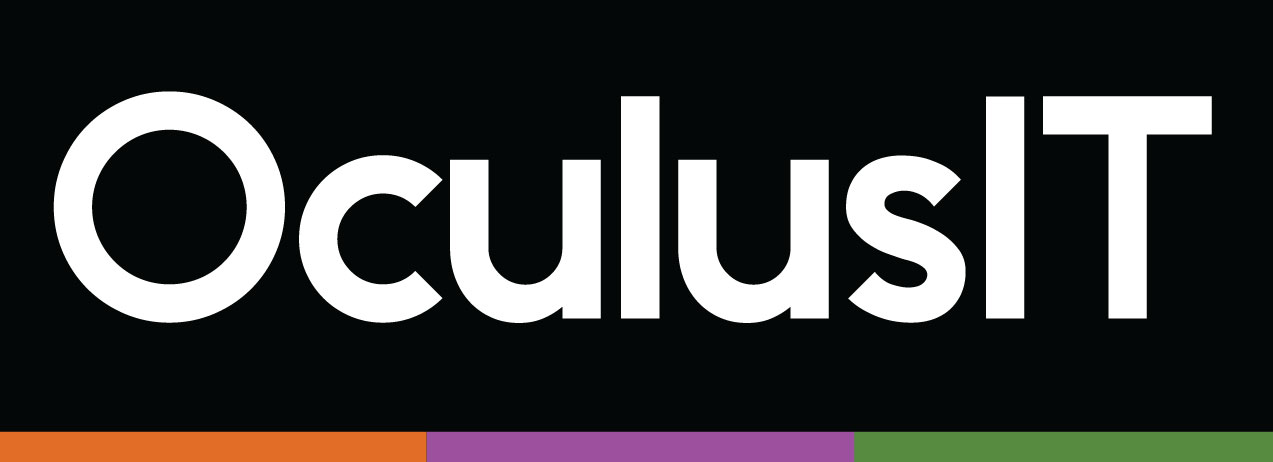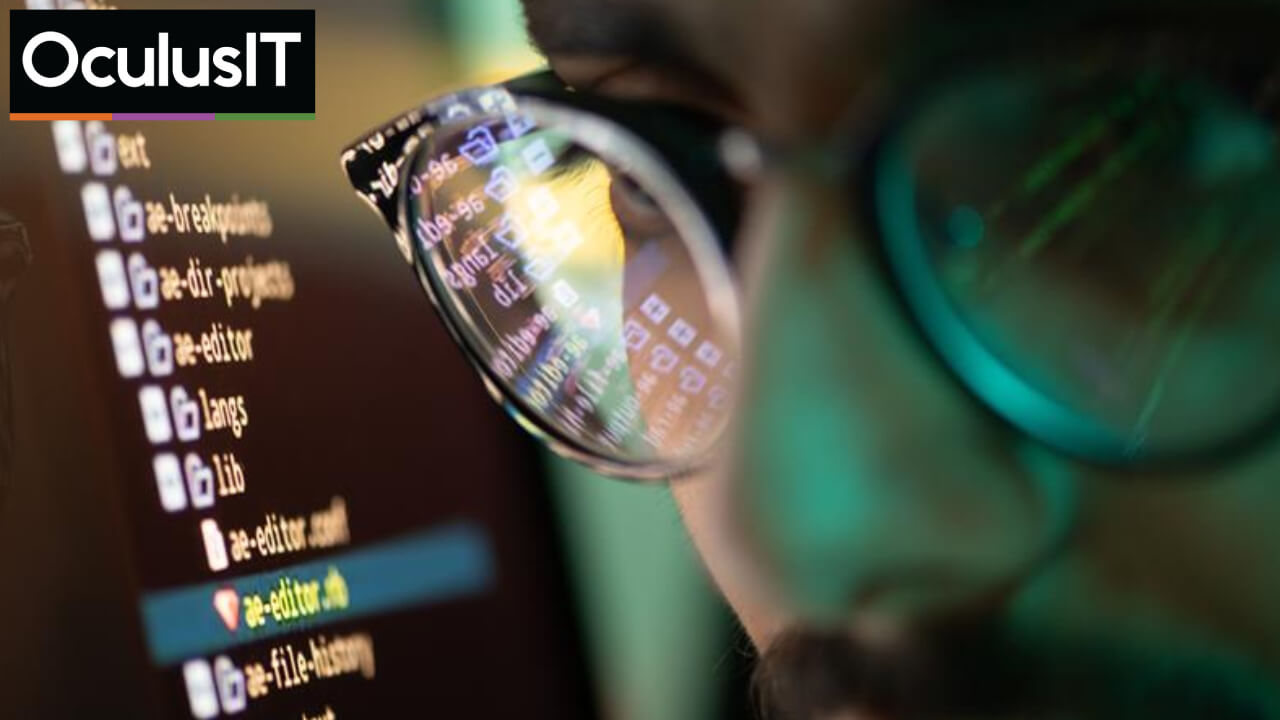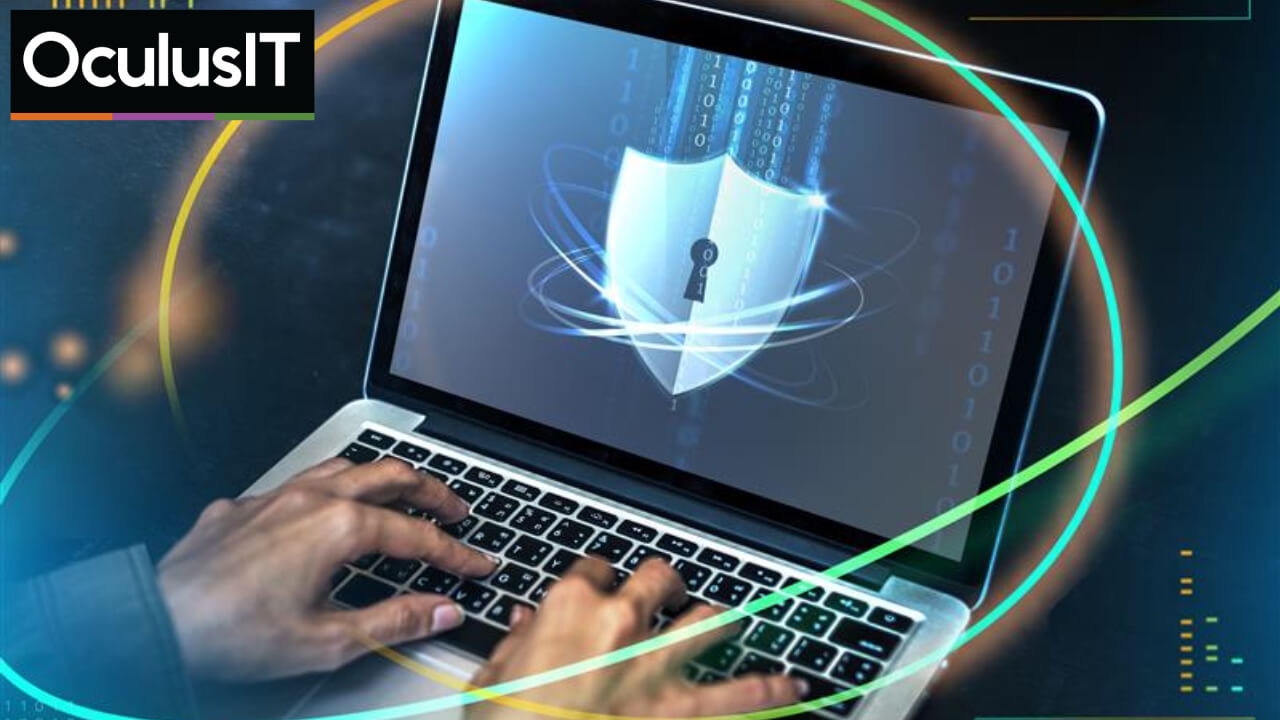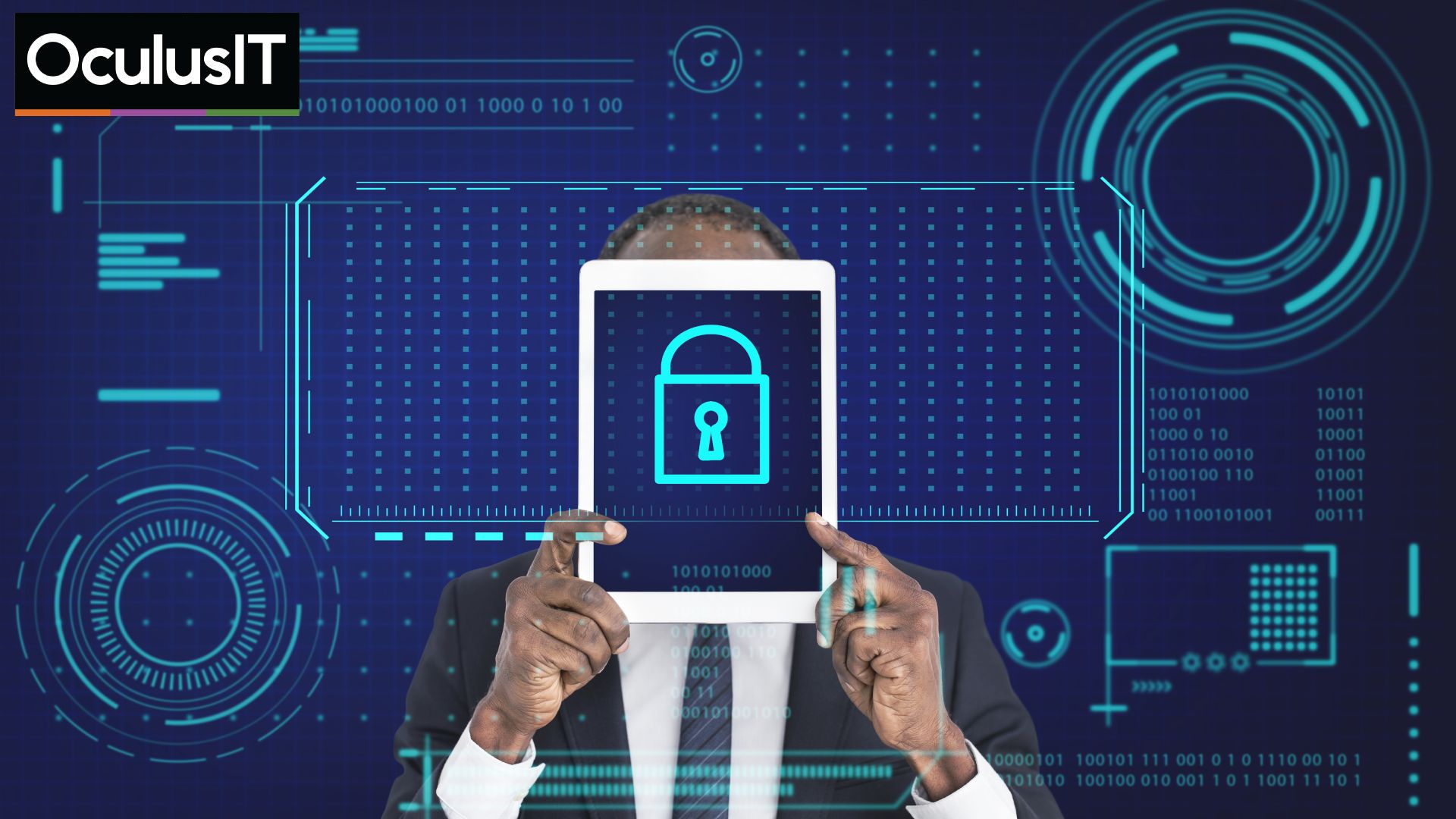
Why Zero Trust Is a Must-Have Strategy for Higher Ed Cybersecurity
June 23rd, 2025
Reading time: 3 Minutes
Did you know that 95 percent of higher education institutions targeted by ransomware in 2024 had their backups compromised?
According to Sophos, attackers are increasingly focusing on backup systems to amplify impact and pressure victims to pay When hackers breach backups, institutions can face recovery costs averaging over four million dollars and weeks of operational downtime. This evolving threat underscores why perimeter defenses alone are no longer sufficient and universities must adopt a security model rooted in continuous verification. This shift calls for a model based on continuous verification and minimal trust. Zero Trust is not a buzzword. It is a strategic necessity.
What Makes Higher Education So Vulnerable?
Higher education institutions are unique in how they manage data and access. Students, faculty, researchers, staff, vendors, and even guest users interact with the institution’s digital infrastructure daily. From cloud-based research to shared Wi-Fi access across campuses, every layer of connectivity becomes a potential vulnerability. Most schools also support bring-your-own-device environments, which blur the lines between trusted and untrusted networks.
Adding to this complexity is the academic culture that values openness. Unlike corporate enterprises that can lock down systems more rigidly, universities are tasked with balancing collaboration and accessibility with security. This balance is increasingly difficult to maintain using traditional security models.
Why Zero Trust Works for Higher Ed
Zero Trust operates on a foundational principle: trust nothing, verify everything. Instead of granting broad access to users inside a “trusted” perimeter, Zero Trust requires continuous validation of identities, devices, and actions across every layer of interaction.
For colleges and universities, this approach helps limit the damage of a breach by containing movement, isolating risks, and ensuring that users only have access to what they absolutely need. It enables institutions to better manage identity, protect research, secure student data, and monitor activity without disrupting academic workflows.
Key Challenges Institutions Face
While the value of Zero Trust is clear, implementing it in a higher education setting is far from simple. Common obstacles include:
- Legacy systems that are incompatible with modern identity and access control frameworks
- Cultural pushback from departments or faculty who fear that new restrictions will slow down teaching or research
- Budget limitations that restrict access to experienced security teams or advanced tooling
- Fragmented IT environments where different departments use different systems, creating inconsistent policies and oversight
These challenges often lead to hesitation. But delaying implementation leaves institutions exposed to phishing campaigns, ransomware, and unauthorized access that could jeopardize intellectual property or compromise sensitive student data.
Building a Zero Trust Strategy Through Policy
Before institutions can fully implement Zero Trust technologies, they need to rethink their cybersecurity policies. This shift starts with:
- Defining roles and responsibilities to control who accesses what and when
- Enforcing multi-factor authentication across all user groups and systems
- Monitoring behavior to detect anomalies, like unusual logins or data transfers
- Limiting third-party access to only what is necessary and ensuring proper auditing
- Encrypting sensitive data to prevent interception or misuse
These actions form the backbone of Zero Trust. They also build the case for long-term investments in automation and advanced threat detection.
Zero Trust as a Long-Term Discipline
Zero Trust is not a one-time project. It is a security philosophy that must be integrated into the institutional culture. As technologies evolve and new threats emerge, policies and tools must adapt in tandem. This requires a commitment to continuous improvement, cross-functional alignment, and shared accountability.
At a time when cyberattacks are becoming more targeted and costly, Zero Trust offers higher education leaders a proactive way to secure their institutions. It minimizes risk without halting progress and builds a stronger foundation for innovation, privacy, and trust.
Final Thought
Cybersecurity is not just a technical challenge. It is a leadership decision that shapes how institutions protect knowledge, build trust, and ensure continuity. Embracing Zero Trust is no longer optional. It offers a clear path to minimize risk, improve visibility, and safeguard the future of teaching and research. For higher education, it is not just about defense. It is about building a foundation that can adapt and endure.
Contact us today to learn how we can help your institution strengthen its cybersecurity posture with confidence and clarity.
Recent Articles



























